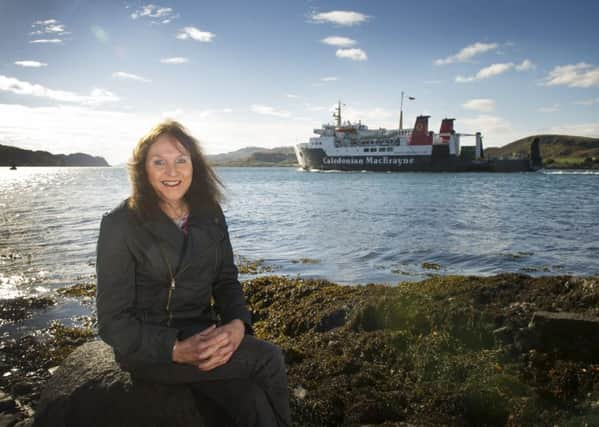Transgender rights at risk of regressing to exclusion of 1980s – Vic Valentine


Sometimes, the content and tone of this coverage makes it easy to wish we could go back to more invisible times.
A lot of the conversations I see seem to miss the point of what rights for trans people look like. Trans people simply want the right to be treated by society, the law, and public services in line with our identities.
Advertisement
Hide AdAdvertisement
Hide AdWe know we are men, women, or non-binary people – and it is vital for our well-being to be able to navigate and interact with the world in-line with our identity, rather than being forced to do so based only on how our bodies looked when we were born.
For some of us, this is a relatively easy thing to manage – we may move through the world relatively unnoticed as a trans person, with people perceiving us as we perceive ourselves, or not noticing we are trans.
But for some trans people this is more difficult – they may be visibly trans, and this might mean they experience hate crime, discrimination or harassment in the workplace, or are challenged when trying to use the spaces and services that best match their identity.
Fortunately, trans people in Scotland already have many existing rights that protect us from discrimination, and allow us to interact with society in line with our identity. Take the law around providing single-sex services.
Since 2010, the Equality Act has made clear that the starting point for single-sex services is that they should include trans women in female-only services, and trans men in male-only services, and that’s what pretty well what all single-sex services in Scotland have done for years. Many single-sex services and spaces, such as changing rooms, hospital wards, or public toilets, are places where people can feel vulnerable. Trans people feel vulnerable in these spaces too.
Anyone whose behaviour is inappropriate in these sorts of spaces should be challenged, and where their behaviour is criminal, prosecuted. Increasing the amount of privacy in places like changing rooms would likely improve everyone’s experience of using them too, whether a trans person was present or not.
But ensuring safety and privacy certainly does not require a blanket exclusion of trans people. We’ve been included in single-sex services for many years, and this has been working smoothly. Lots of people may have been totally unaware of our inclusion in these spaces – a mixture of the fact that there are not many of us, and that we have only been using the spaces for the same reasons as everyone else.
It is not only UK laws like the Equality Act and the Gender Recognition Act that establish trans people’s rights to have our identity respected. Since 2002, all European countries have been required by the European Court of Human Rights to allow trans men and trans women to have their identity legally recognised. This decision was made because the court ruled it violated a trans person’s human rights to be recorded as and treated by society based on the body they had when they were born, not on their identity. It said that to do so would not allow them to live “in dignity and worth”.
Advertisement
Hide AdAdvertisement
Hide AdSo we can see that the law has long established trans people’s right to be treated as who we are. That is why trans people have been so alarmed to see some of the recent discussions around this subject. It seems that some people want to take away our existing rights, and say that decisions on how we treat people in Scotland should be based on their body at birth.
This idea is sometimes promoted via a conversation about the distinction between sex and gender. Are they the same or different? Which one matters? Some people claim that the answer to this is clear. Sex is biology: it’s your physical body; it’s reality. Gender is society: it’s identity; and some say it’s just stereotypes.
For some, the purpose of separating sex and gender so firmly is clear. Trans people, they argue, should have the right to “feel” they are a man, a woman, or a non-binary person, and be protected from discrimination for behaving in ways society has decided is stereotypically masculine or feminine, or otherwise. But when it comes down to it, they say, however you feel, your biological characteristics at birth tell us something different.
So if we need to make decisions about what services you use, how to record you on the Census, or what you “really are” – well then your biology at birth is all that counts.
And it is this that’s the problem. If we say your body when you were born is all that matters, then trans people are rolled back to the exclusion we faced in the 1980s.
With no legal recognition of who we know ourselves to be, with no ability to use services and public spaces that match how we live and identify, and constantly having who we know we are denied.
For trans people this would make living our lives with dignity impossible. For what’s the use in having the right to “feel” like I’m one thing, if you’ll only treat me as another? To be honest, that doesn’t sound like any right at all.
Vic Valentine is policy officer at the Scottish Trans project, which part of the Equality Network.
